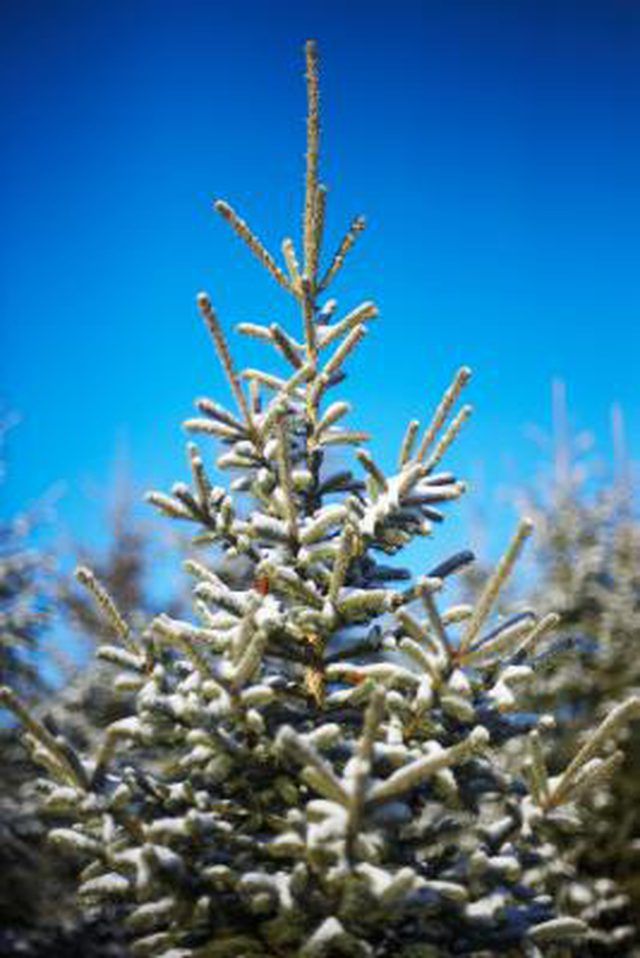Bulbs
Flower Basics
Flower Beds & Specialty Gardens
Flower Garden
Garden Furniture
Garden Gnomes
Garden Seeds
Garden Sheds
Garden Statues
Garden Tools & Supplies
Gardening Basics
Green & Organic
Groundcovers & Vines
Growing Annuals
Growing Basil
Growing Beans
Growing Berries
Growing Blueberries
Growing Cactus
Growing Corn
Growing Cotton
Growing Edibles
Growing Flowers
Growing Garlic
Growing Grapes
Growing Grass
Growing Herbs
Growing Jasmine
Growing Mint
Growing Mushrooms
Orchids
Growing Peanuts
Growing Perennials
Growing Plants
Growing Rosemary
Growing Roses
Growing Strawberries
Growing Sunflowers
Growing Thyme
Growing Tomatoes
Growing Tulips
Growing Vegetables
Herb Basics
Herb Garden
Indoor Growing
Landscaping Basics
Landscaping Patios
Landscaping Plants
Landscaping Shrubs
Landscaping Trees
Landscaping Walks & Pathways
Lawn Basics
Lawn Maintenance
Lawn Mowers
Lawn Ornaments
Lawn Planting
Lawn Tools
Outdoor Growing
Overall Landscape Planning
Pests, Weeds & Problems
Plant Basics
Rock Garden
Rose Garden
Shrubs
Soil
Specialty Gardens
Trees
Vegetable Garden
Yard Maintenance
What Is the Fastest Growing Spruce Tree?
What Is the Fastest Growing Spruce Tree?. The fastest-growing spruce tree, according to the Arbor Day Foundation, is the triangular-shaped Norway spruce (Picea abies), which is part of many suburban home and rural farm landscapes throughout Europe, the United States and Canada.

The fastest-growing spruce tree, according to the Arbor Day Foundation, is the triangular-shaped Norway spruce (Picea abies), which is part of many suburban home and rural farm landscapes throughout Europe, the United States and Canada.
Growth
Norway spruces may grow as high as 100 feet tall. According to the Arbor Day Foundation, the tree grows 25 inches or greater per year, making it an ideal cover for deer, birds and owls.
Description
Norway spruces are evergreen trees with dark green needles, yellow and purple flowers and drooping, cylindrical cones.
Cultivation
Norway spruces thrive in areas with full sun and well-drained, loamy soil. The tree cannot survive in wet soil conditions and over-watering may cause it to perish.
Uses
In manufacturing, the wood is used to make soundboards for stringed instruments, such as violins and guitars. Tree sap is used in varnish and some medicines. In retail, the tree is cut down in December and sold as Christmas trees.
Tip
The growth rate of a Norway spruce can be increased by adding more organic matter and high-nitrogen fertilizer to its soil, according to Brigham Young University Idaho.